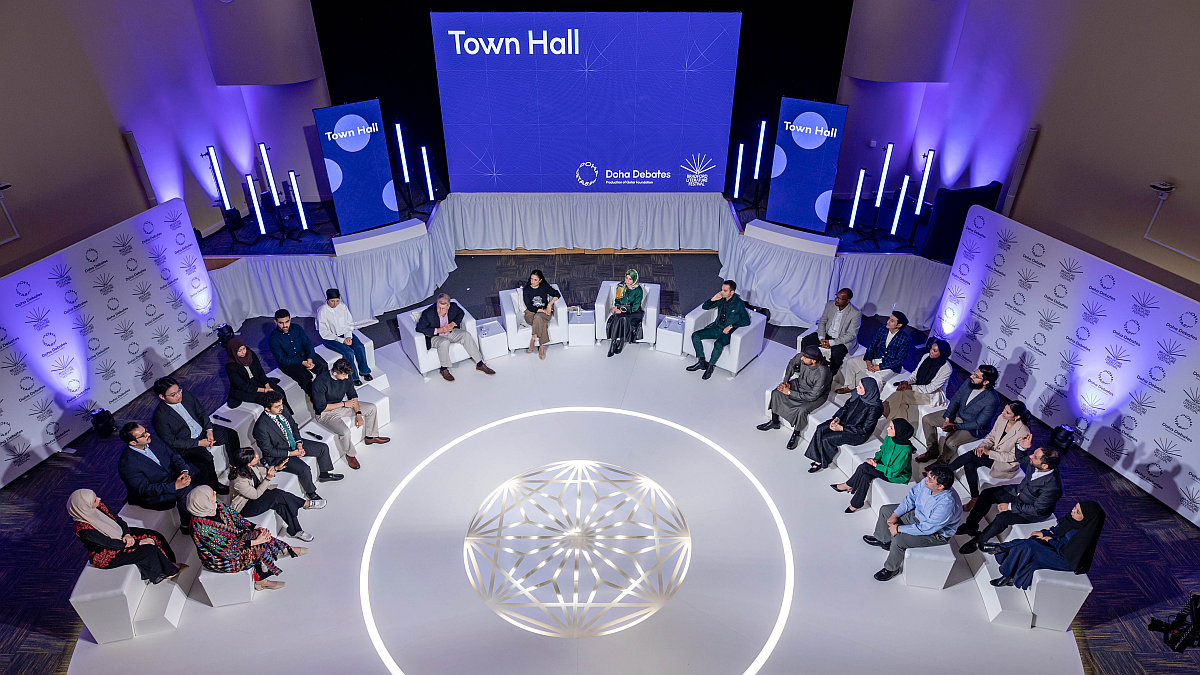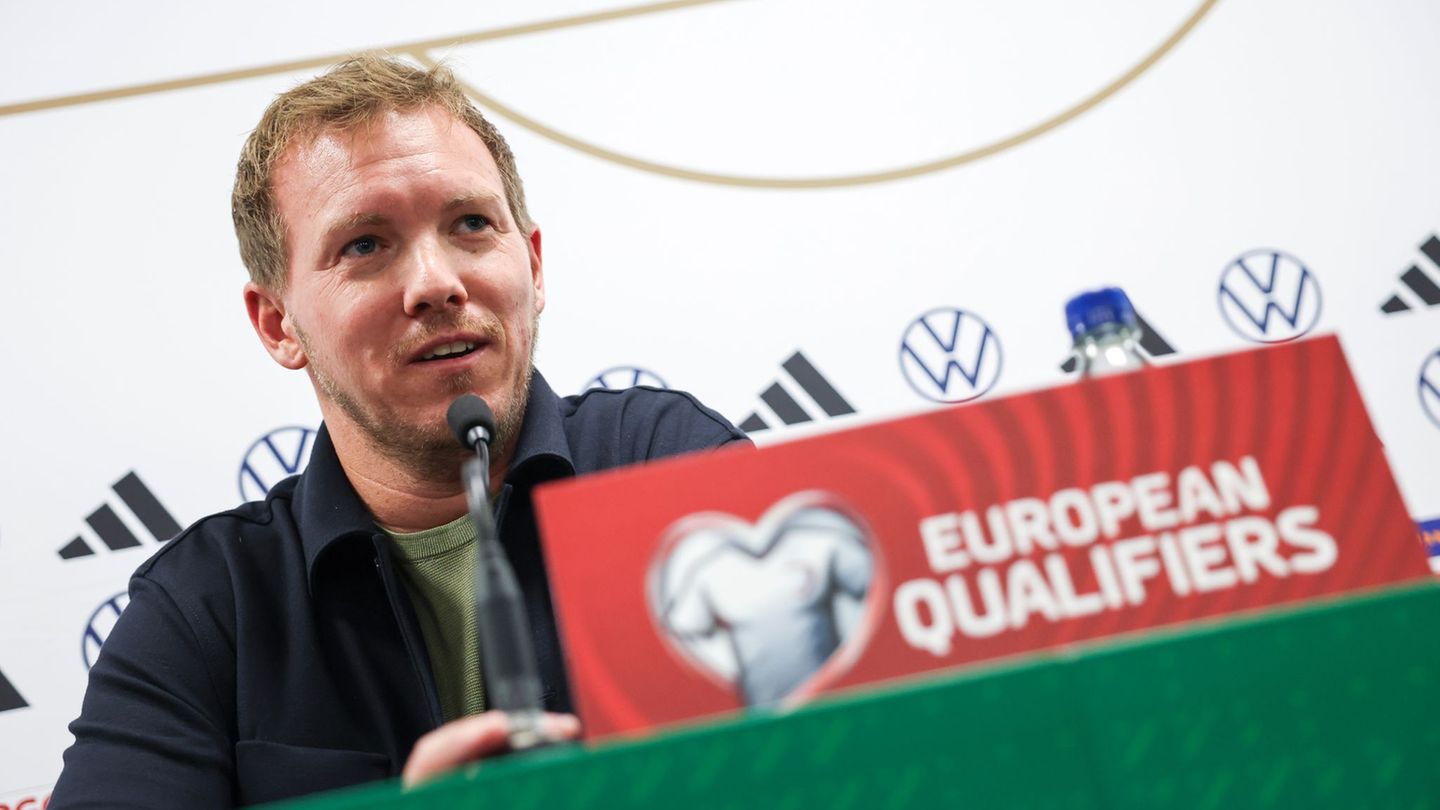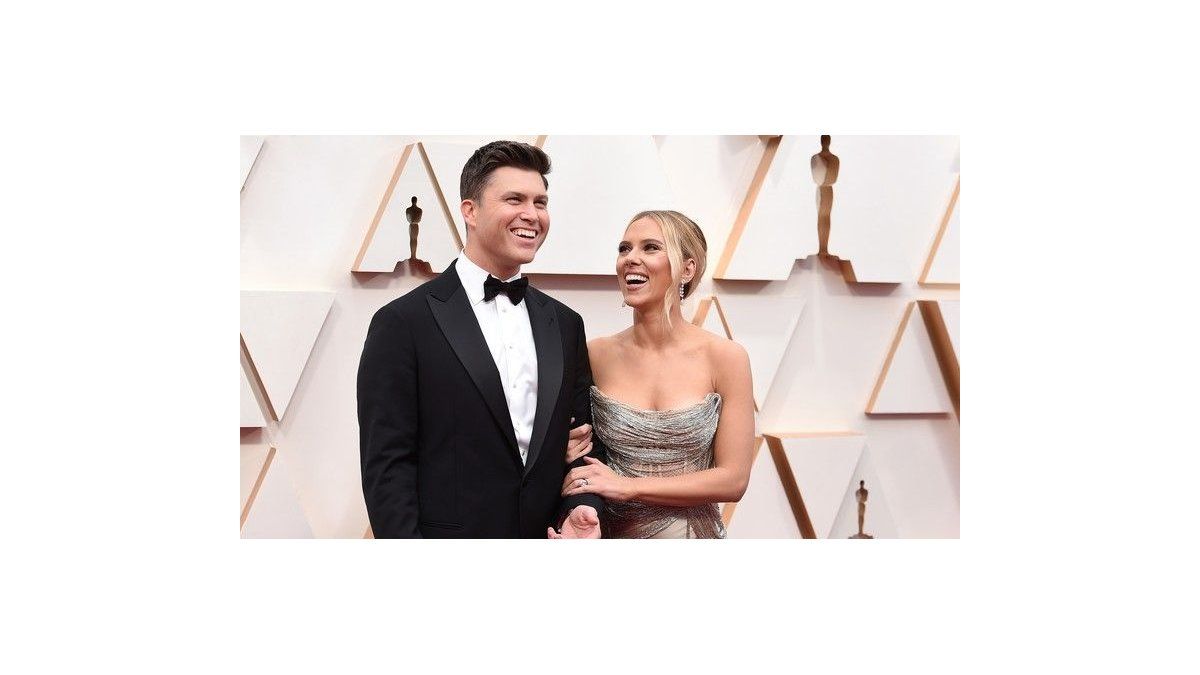The high-level mission of Years of Culture Qatar-Argentina and Chile 2025 (Years of Culture Qatar-Argentine and Chile 2025) landed in Buenos Aires and Santiago with an agenda that combined the music of Colon Theaterurban debates, innovation and collaborative projects. Here, the story of a meeting between economies, creativity and diplomacy.
When at Faena or at Usina del Arte one talks about cultural diplomacy, It may sound elegant, even somewhat snooty. But what the Qatari delegation displayed between Buenos Aires and Santiago, during September 2025, was not only a festival of image and protocol: It was a fine, behind-the-scenes operation to unite not only cultures but also economies, innovation and trade networks.
1. When music opens doors
The most emblematic moment in Buenos Aires was, without a doubt, the arrival of the Qatar Philharmonic Orchestra to the legendary Teatro Colón. The Latin American debut generated such expectation that the theater decided to enable standing sections—something that had not been done in decades—to satisfy demand.
The executive director of the orchestra, Nasser Sahimdefined it with emotion in a press conference: “This concert is a dream come true. We are waiting for you for an unforgettable night.”Under the baton of the maestro Enrique Diemeckethe repertoire amalgamated Argentine tradition (Piazzolla, tangos) with contemporary Qatari compositions, reflecting that musical bridge that the organizers want to strengthen.
The bandoneon player Victor Hugo Villena He added his voice to that sonorous conversation: “It was a unique opportunity to make two such different languages converse. Music shows that the encounter between cultures is always possible.”
Behind this “artistic event” were the diplomats of Years of Culture: led by Mohammed Al Kuwari —former Qatari ambassador to Mexico and Latin American advisor to the initiative—the delegation chose Buenos Aires as a starting point before crossing into Chile.
2. From art to debate: cities, youth and urban future
The Orchestra was not everything. One of the axes of the program was Town Hall Doha Debatesheld at the Usina del Arte, with the theme How should we reinvent the city?
Argentine, Chilean and Qatari students participated there, along with experts such as Guadalupe Granero Realini (urban researcher), Akel Ismail Kahera (Islamic architecture and urban planning) and Nicholas Boys Smith (founder of Create Streets, UK).
image
In moderation, the journalist Malika Bilal promoted an agile dialogue: urban density or decentralization? Can the city of the future avoid gentrification without slowing down its competitive growth? “The future of cities cannot be built in isolation,” he said. Amjad Atallahgeneral director of Doha Debates.
A participating Chilean teacher shared the atmosphere of the debate: “Seeing young people from three continents exchange views on the urban environment reminded us that local problems dialogue with global crises.”
This meeting was not only theoretical: it sought to be linked to concrete city policies. In one of the spaces, they talked about how a balance between economic development and quality of urban life can be an attractive strategy for investors who value ESG criteria.
3. Innovation, entrepreneurship and commerce with a cultural perspective
Beyond art and ideas, the delegation focused on the tangible: business and technology. In Buenos Aires, in innovation parks and meetings with local startups, Qataris heard proposals for AI, clean energy, communications and design. According to official gazettes, these dialogues opened new “ways for bilateral trade and cultural exchange.”
The Qatari Embassy in Buenos Aires He operated as a driver for those mixed agendas. In parallel, at the previous launch event for the spring program, ambassador Battal Al Dosari announced that Qatar was also celebrating its own anniversaries: 20 years of Qatar Museums and 50 years of the National Museum of Qatar.
image

Cecilia Vicuña, Disappeared Quipu2018, wool and video projection with sound. Eduardo F. Costantini Collection.
Santiago Orti
Even more powerful was the fusion of art and economics that the exhibition included. LATIN AMERICAN in it Qatar National Museumorganized in conjunction with MALBA. It was the first major Latin American exhibition in Western Asia and North Africa.
The fourth axis was CultuRidea binational cycling initiative: traveling the Andes between Argentina and Chile by bicycle not only as a symbol of connectivity but as a project of territorial dialogue and cultural mobility. In previous editions there was talk of 700 kilometers between Buenos Aires and Santiago.
4. In Santiago: urban design, fashion and roads to Doha
The delegation later landed in Santiago with an agenda full of applied creativity. In an evening with the media and the Chilean architect Alejandro Aravena -who is involved in the design of the future Art Mill Museum in Doha- discussed adaptive reuse, urban sustainability and challenges of metropolitan growth.
image

They also met with emerging designers –Guido Vera and the Munay Sisters- whose contemporary fashion and craft proposals will soon be exhibited in Doha, strengthening the creative bridge between both regions.
With this, the Qatari visit did not only leave symbolic bridges: it laid foundations for concrete actions in each city. Monumental murals were announced in Buenos Aires and Santiago, heritage conservation workshops in Valparaíso together with ICCROM and a library exchange program between La Moneda and the National Library of Qatar to reinforce archives and cultural preservation.
5. About tensions and balances: diplomas, culture and interests
Let this agenda be presented under the label of cultural diplomacy It does not mean that there is a lack of tension. Any program that integrates culture, innovation and business between distant countries carries the risk that “cultural exchange” becomes a mask for broader economic interests. But the Qataris are betting on that risk as a possibility: to show that culture and commerce can walk hand in hand.
It is also worth asking: How much weight does culture have in upcoming economic decisions? Will these exchanges create new Argentine cultural exports or simply strengthen the Qatari (and regional) presence as a symbolic engine?
image

This economic-cultural chronicle is not about selling Qatar or reciting a newsletter, but rather about observing how a State with resources invests in symbols and relationships to position itself in Latin America. In Buenos Aires we listen to music that crosses oceans; At the Usina del Arte we witness debates that dream of inclusive cities. In Santiago, the gaze becomes design, aesthetic export, fashion with a global layout.
Whether this cultural-quality model is sustainable or only ephemeral will depend on structural factors: local commitments, institutional continuity, human capital and the ability to convert symbolic bridges into goods – artistic, technological, creative – with market value.
Meanwhile, the Qatari team has already raised its flag in South America. The scenes have already resonated, the bicycles have begun to roll, the conversations have already crossed mountain ranges. Now it is necessary that one day these agreements will also be transformed into investments, cultural jobs and creative chains that last beyond the thematic year.
Source: Ambito
I am an author and journalist who has worked in the entertainment industry for over a decade. I currently work as a news editor at a major news website, and my focus is on covering the latest trends in entertainment. I also write occasional pieces for other outlets, and have authored two books about the entertainment industry.



